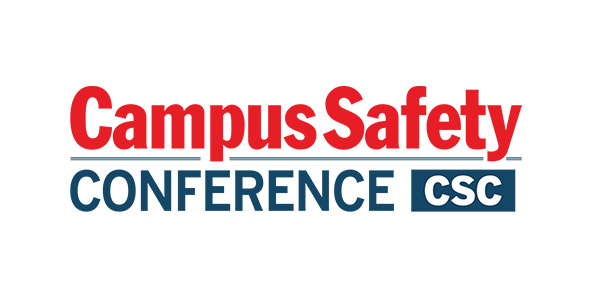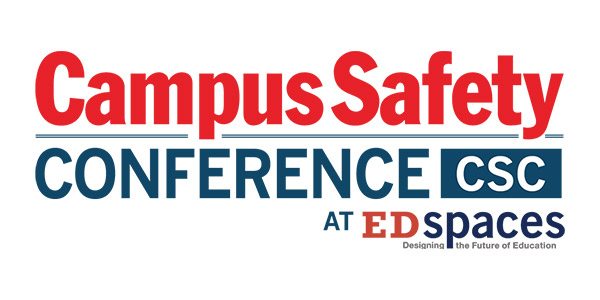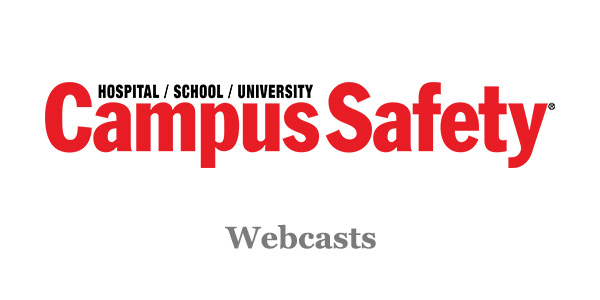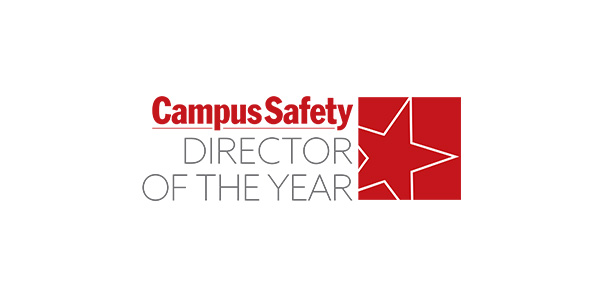School and university professionals from across the country gathered in Columbus, Ohio, last week for the annual Campus Safety at EDspaces conference. The event provided a unique opportunity for public safety leaders, security executives, facilities directors, and emergency managers to connect, share insights, and discover new resources for creating safer educational environments.
This year’s conference, held from November 5-7, also drew architects and distributors from the education design market, fostering a collaborative approach to campus security. From comprehensive safety programs to the digital threats facing modern campuses, here are the key takeaways from the event.
Building a Holistic Campus Safety Program
The importance of a multi-faceted approach to security was a central theme. The general session, “Building a Comprehensive Campus Safety Program: A Holistic Approach,” moderated by Campus Safety Editor-in-Chief Robin Hattersley, emphasized that effective safety plans require input from a wide range of stakeholders.
Check Out Photo Highlights from This Year’s CS@EDspaces!
“Traditional campus security, law enforcement, and emergency management practitioners can’t go it alone,” said Hattersley. “We need the input of so many other stakeholders to be successful, including administrators, designers, architects, and facilities managers and more.”
The panel discussion, which was sponsored by Status Solutions, featured expert insights from:
- Benjamin Crum, President of Architectural Security Design Group
- Guy Grace, K-12 National Security Program Manager for ASSA ABLOY and a former school district safety director
- Ken Wertz, Executive Director for the National School Plant Management Association (NSPMA)
They discussed the essential components of a robust safety plan and highlighted the need for collaboration across departments to ensure all aspects of campus security are covered.
Key Breakout Sessions and Insights at CS@EDspaces
CS@EDspaces 2025 featured a diverse range of breakout sessions that tackled the most pressing issues in campus safety and security today.
The Rise of Digital Threats
In their session titled “The Digital Difference: Reimagining Security on Today’s Phygital Campus,” Professor James Robertson and Assistant Professor Oliver Stoetzer of Wilfrid Laurier University pointed out a startling fact: over 90% of all crime now has a digital component. They argued that campus security providers must become “cyber-ready,” integrating digital literacy into their planning, prevention, and response strategies to address the hybrid threat landscape.
Related Article: Your Next Breach Could Start with Your Thermostat
Responding to Gun Violence
Jin Kim, a retired FBI agent and active shooter subject matter expert, led a session on “Gun Violence in Schools: Modern-Day Resiliency.” He explored the current gun violence risk landscape and its profound impact on school preparedness, offering strategies for building resilience in educational communities.
Empowering Students to Enhance Safety
Kimberly Moffett, Director of Program and Training for Community Matters, discussed how student empowerment can significantly decrease violent incidents. She explained that students possess unique insights into peer dynamics and can often see, hear, and know things adults don’t. By identifying and training student leaders to model positive behaviors, schools can leverage social influence to create a safer environment.
Preventing School Violence by Identifying ‘Yellow Flags’
Brittany DeWitt, Communications Coordinator for Greeneview Local Schools, presented on identifying warning signs, or “yellow flags,” to prevent school violence. She shared a critical statistic: 86% of mass shooters aged 20 or younger leaked their plans before their attacks.
Related Article: How School Shooters Manipulate Others, Evade Bystander Concerns
“A majority of mass shooters had a significant life stressor in the days, weeks, and months prior to their attacks, and they often made threatening communications, provoking concern from others,” DeWitt noted. “The problem was that most people didn’t know what to do with that concern.”
Her session provided easy-to-implement prevention strategies for recognizing and acting on these warning signs.
The Future of Campus Safety Solutions
Beyond the educational sessions, the CS@EDspaces exhibit hall showcased a wide array of innovative security, facilities management, and school design solutions. Attendees had the chance to explore the latest technologies and products designed to protect educational institutions. You can view some of the security solutions from the show [here].
What’s Next for Campus Safety?
The conversations and solutions presented at EDspaces 2025 underscore a clear trend: the future of campus safety is integrated, proactive, and collaborative. As threats evolve, so too must our approach to protecting our schools and universities.
Campus Safety’s next event will be held next summer in National Harbor, MD, from July 13-15. Click here to register your interest for next year’s Campus Safety Conference.






